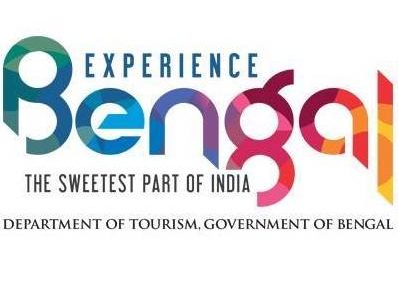Imagine staying in a British-styled bungalow, cradled in a lush green tea estate and enjoying all elements of a colonial hangover –from the best Darjeeling tea to old-world wooden chests, tables and a proper tea trail walk! West Bengal government introduced the concept of ‘Tea Tourism’ in 2013, given the numerous tea gardens in North Bengal and their splendid natural settings.
A proposal allowing the tea gardens of Jalpaiguri and Darjeeling to promote tourism using land allowed to be retained u/s 6(3) of the West Bengal Estates Acquisition Act, 1953, for tea gardens was drawn. Promotion of tea tourism would automatically allow the tea gardens to diversify, generate local employment and augment local income. Such a unique form of tourism included an overall experience of tourists in the midst of a tea garden or estate, staying in a heritage bungalow with a homestay feeling in a tea-village or in a modern resort. Trekking in the natural beauty of a lush tea garden, undertaking a tea-testing session, visiting a modern tea factory and even trying one’s hand at plucking tea leaves were taken under the ambit of ‘Tea Tourism.’
Such tourism indirectly helped other activities like trekking along nature trails, witnessing local culture and patronizing local artisans. The land meant for tea tourism was restricted to 5 acres to conserve the area of the tea plantations and in the plains, civil construction was restricted to an area not exceeding 1.5 acres, while in hills it was only 1 acre. For technical guidance, an Expert Committee of engineers and architects selected by the Tourism Department in consultation with tea associations and the Tea Board was set up.
The Tea-Tourism circuits of North Bengal encouraged setting up of wellness centres, educational institutions, hospitals, cultural, recreation and exhibition centres, horticulture, floriculture, medicinal plant cultivation, and food-processing and packaging units helping tea gardens to diversify into areas that acted as back-up during a lean year.
Essentially, Tea Tourism in North Bengal would mean spending a few days in a sprawling tea garden, in a bungalow built by British planters, walking around the garden watching tea pluckers at work, and visiting the processing units to find out how some of the world’s finest teas are processed, packaged, and sent off. An added bonus is the food, sourced from local organic ingredients.
Some well-known Tea Tourism Trails of North Bengal

The picturesque Damdim Tea Estate in Dooars has a stunning beauty, surrounded by dense forests, meandering rivers, sprawling tea gardens and the mighty Himalayas. The 1,500-hectare estate, with 738 hectares of planted area, once belonged to the UK-based James Finlay group and now belongs to Amalgamated Plantations Pvt Ltd, a TATA enterprise. Damdim gives a lifetime experience of a complete Tea Trail, from the first stop at the Vegetative Propagation Tea Nursery, where ‘cutting’ of a single leaf and a bud is done to the last stop, a world-class packaging facility, where you get a chance to turn a tea-taster.

‘The Sourenee Experience’ of Sourenee Tea Estate is centered around a majestic bungalow, located on a well-maintained highway, linking Siliguri with Darjeeling via Mirik.

Chamong Tea Estate is a beautiful resort in the Jorebungalow region, nestled in the lush green picturesque tea gardens and is pet friendly.

Glenburn Tea Estate is a heavenly little plantation retreat started by a Scottish tea company in 1859, on a hillock above the banks of River Rangeet in Darjeeling, overlooking the mighty Kanchenjunga.
Why not try one such offbeat Tea Tourism trail in North Bengal this season? It will surely leave any tourist mesmerized!


















































